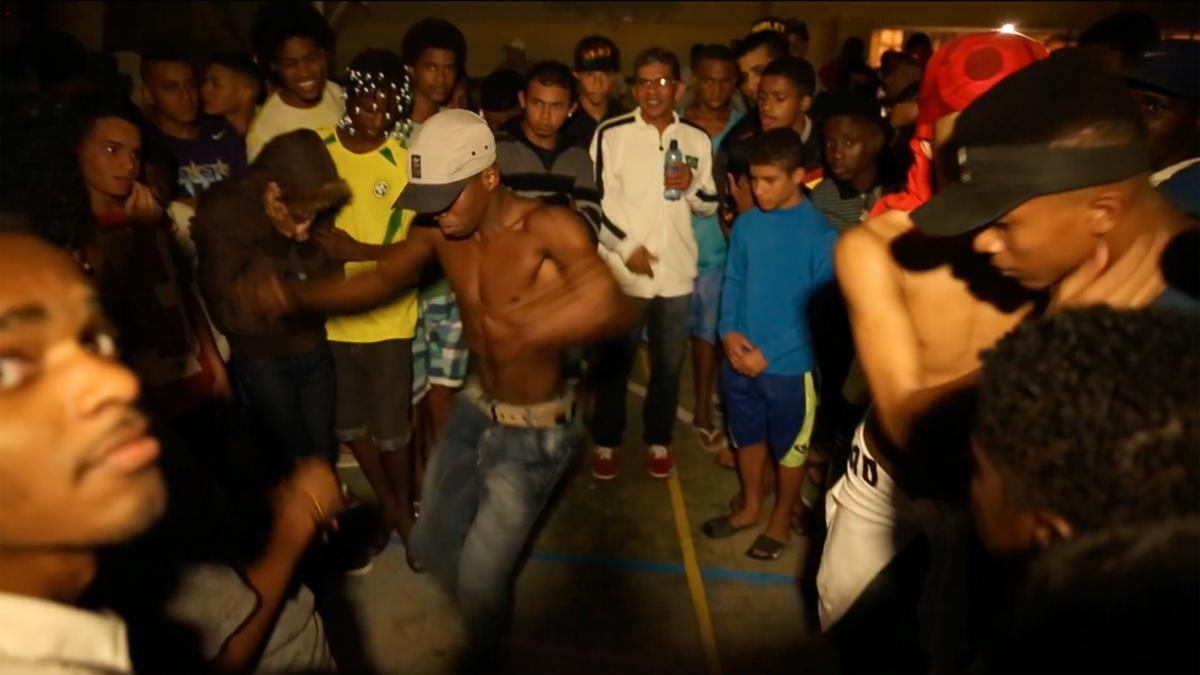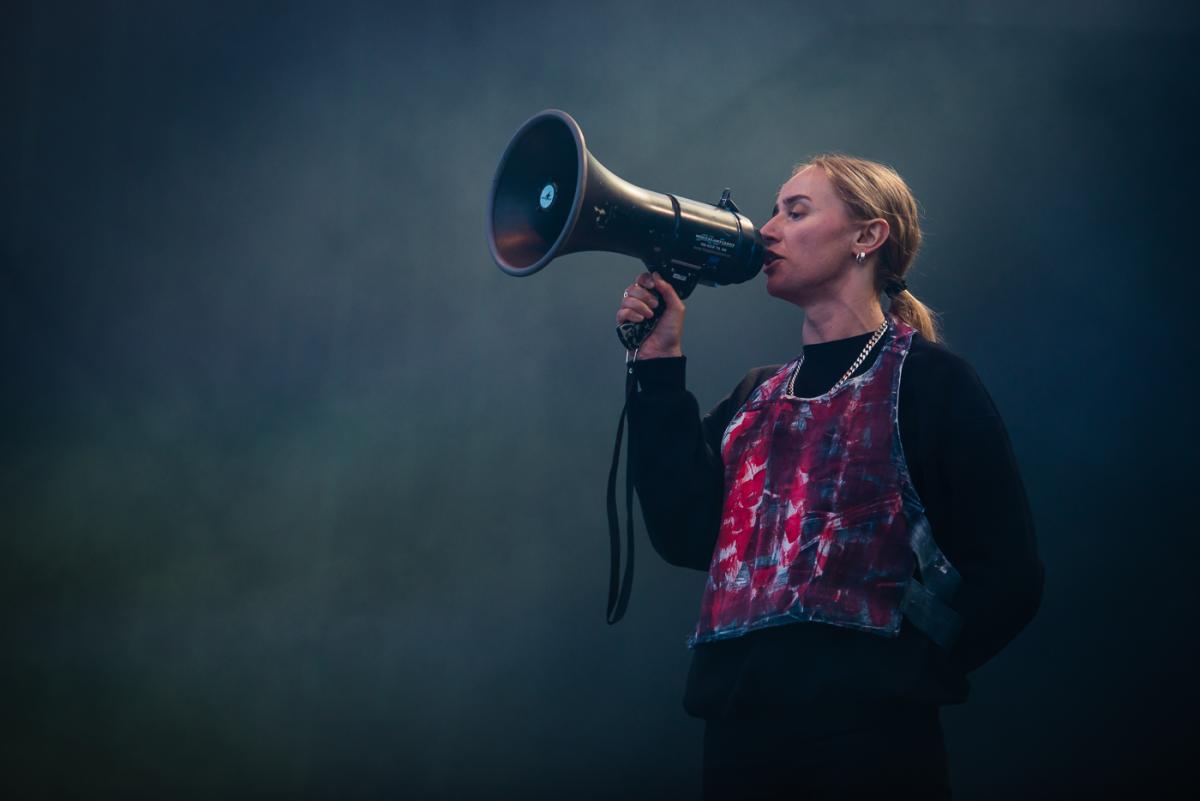
Of Rainbows and Monsters
The video of «Magic Man» of the south african musician Umlilo questions issues of race and masculinity and speaks to the constant negotiation that is the suffocating entanglement of past and present South Africa. From the Norient book Seismographic Sounds (see and order here).
As Umlilo’s monstrous bodies writhe around a dimly lit borderland of corridors, flecked with white paint, alien yet alluring, he sings about «glass houses that were built along his side». I wonder about the metaphor of glass for this oddly named country – «South Africa» – balancing at the tip of the African continent, the widely heralded «Rainbow Nation». Since 1994 the country has been lauded internationally for its forward-thinking constitution that protects and acknowledges the implicit humanity and undeniable personhood of queers. Yet why is it that the siren in the video remains so indeterminate?
Both lyrically and visually «Magic Man» speaks to the constant negotiation that is the suffocating entanglement of past and present (and in some ways future) South Africa. Within the context of a bubbling, violent conservatism that draws on ideas of culture and religion to mark out some bodies as correctable, Umlilo presents himself in the video as bandaged, overlaid with grainy pixelations, the penultimate distortion – an object of other people’s perceptions.
The white paint around his neck is a visual cue for struggle, at once taking on the look of a choker that seems to threaten to actually consume his androgynous body, while also playing with symbols of adornment in traditional Xhosa rituals of masculinity. It also raises the question that has dominated the South African imaginary for centuries – the question of race. The white hands, the white choker, the white disease, what it is to be told that what you are is not of this place but of some other, far off, and vast modern colonial nowhere: «The West».
Glass houses must have glass ceilings – entering them is a precarious business. The «mainstream road», by its own volition, can only go so far. The very strictures it has established for itself – religion, race and fixed identity – are also the keys to its undoing. Magic Man, remaining on the outskirts, never has to worry about the glass ceiling or about a way of life that necessitates foreclosure, and that’s why the monstrousness in the video is so encapsulating.
It’s not a freakishness that is meant as a barrier, but rather it is an invitation into what life at the border – the space where the glass houses are constructed alongside – could be. After all, a rainbow is just refracted or bent light through glass. Queer light. There’s a trick to it though: you can’t have them both. You can’t really see the rainbow if you want to remain in the confines of a little glass house.
This text was published first in the second Norient book Seismographic Sounds.
Biography
Shop

Published on October 24, 2016
Last updated on April 11, 2024
Topics
Desires are produced personally and impersonally: About music as desiring machine and the elasticity of bodies.
Why is a female Black Brazilian MC from a favela frightening the middle class? Is the reggaeton dance «perreo» misogynist or a symbol of female empowerment?
Queer is a verb, not a noun. Thinking & acting queerly is to think across boundaries, beyond what is deemed to be normal.
Place remains important. Either for traditional minorities such as the Chinese Lisu or hyper-connected techno producers.


